Interview: Yannick Dauby - Field Recorder / Sound Artist
Yannick Dauby is a French sound artist and field recorder based in Taiwan.
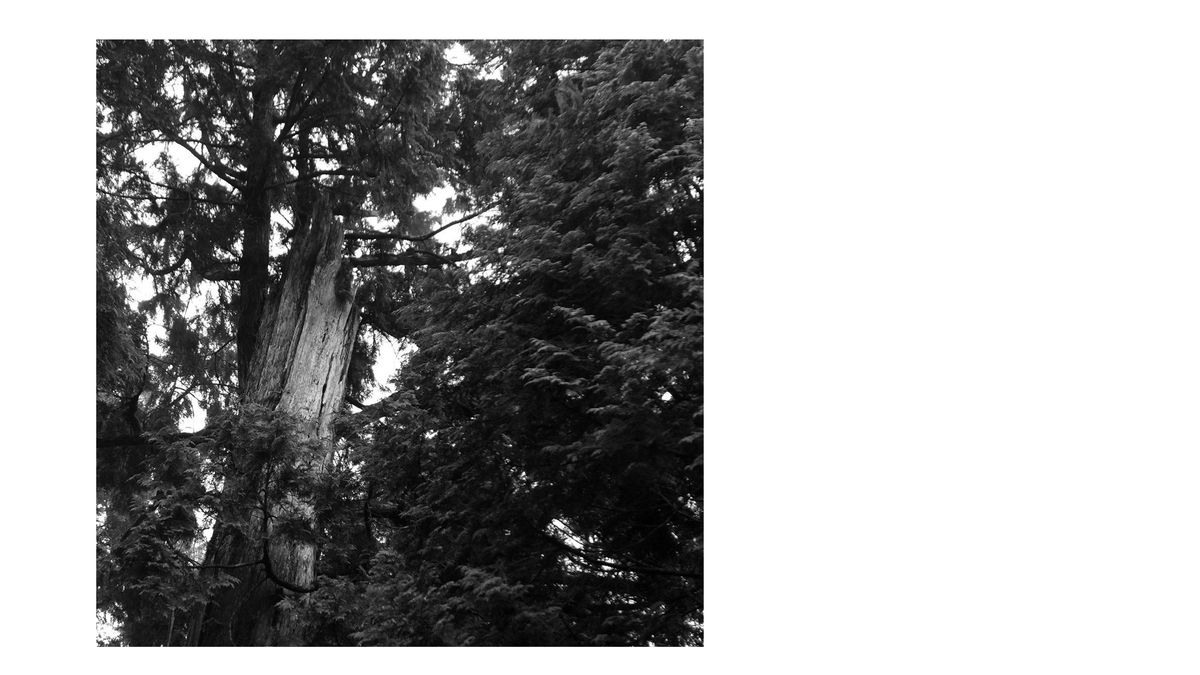
Yannick Dauby is a French sound artist and field recorder based in Taiwan. He also works in sound designs for film. He also produces audio documentary as well as electroacoustic music compositions.
Dauby’s works are inspired by ethnography, amphibian conservation, stories from the forests & mountains and marine biology. He collaborates with communities and individuals in Hakka villages and Indigenous territories of Taiwan.
I find his soundscapes inspiring and his work fascinating. I recently had the pleasure and honor of engaging his work more deeply via an interview.
I recommend listening to the soundcape above that he provided as well as the additional ones below a fuller immersive experience. This was a pleasure to edit and explore. I hope you enjoy it as well.
For the best experience please view this in a browser. All photos: Yannick Dauby
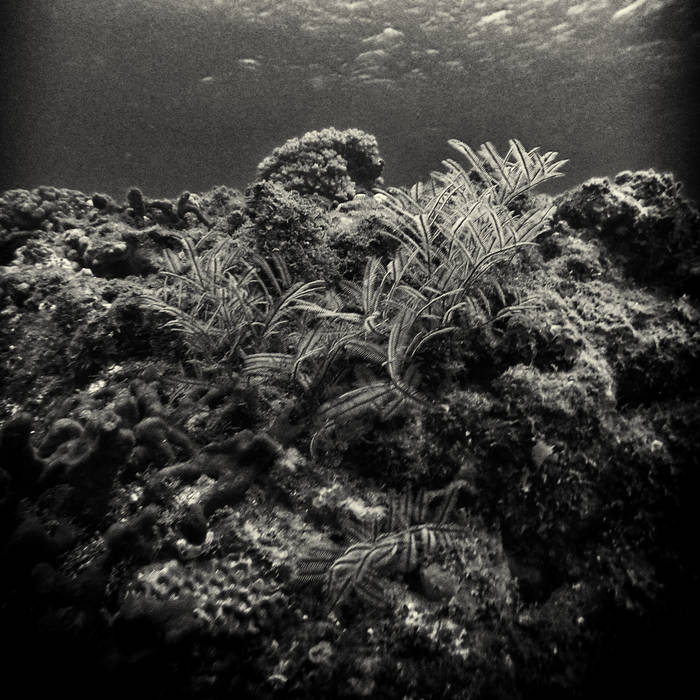
The sound recording practice should never been considered as a passive documentation activity, but rather as an active research, a process of interrogation and challenge for our listening abilities.”
This quote is from your Penghu Experimental Sound Recordings Research. Could you elaborate on this quote?
Field recording is sometimes considered, at least by commissioners such as institutions and directors, as a very practical and technical work of documenting events from a sonic perspective : the recordist is here and there, with audio equipment ready to be used, and do his best to keep a trace of an acoustic phenomena.
But from another perspective, it can be a very long process of interacting with a location, a community or an ecosystem. This process engages the recordist into a listening-based knowledge of related physical specificities, meanings, history, stories, etc. This knowledge can come from direct experimentation with the microphone/recorder/headphone setup but also through reading documentation or interviewing people.
The challenge here is the balance between the initial intention of gathering sounds and the slow building of a relation.
Listen: Dit lip hue hng 直入花園
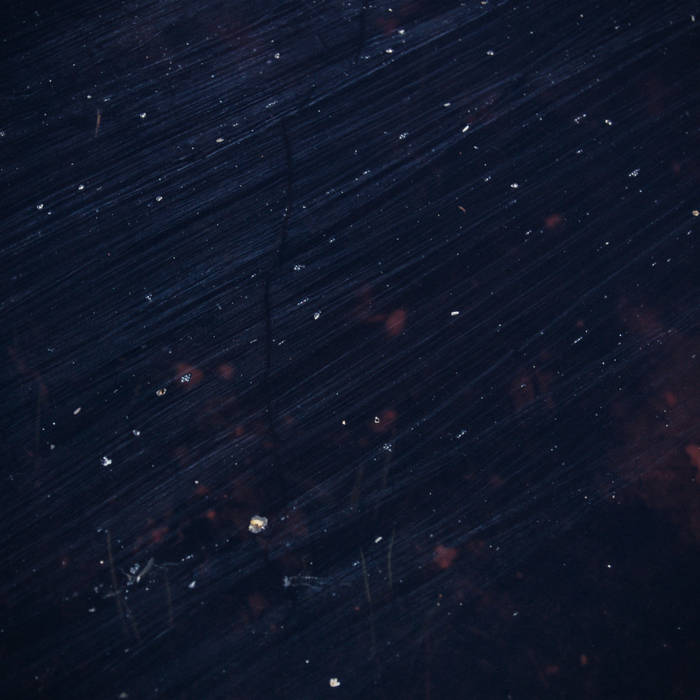
How can individuals improve their “listening” skills? What is the importance of listening?
At an elementary level, listening requires practice in order to get accustomed to low amplitude sounds, high frequency sounds - or very low frequency ones, to be able to perceive tiny details or to appreciate the complexity of multi-layered sounds.
Also, listening practice also engage the memorization process. Which can be of importance for discriminating the sounds to be recorded : bird songs and other animal calls for example.
But more important to me is the attitude of listening, this special focus we can have when perceiving actively a place through its sounds : reducing one’s movements and breathing sounds, retaining to act and participate to a situation, but rather focus on observation.
Listen: Lind, Raud
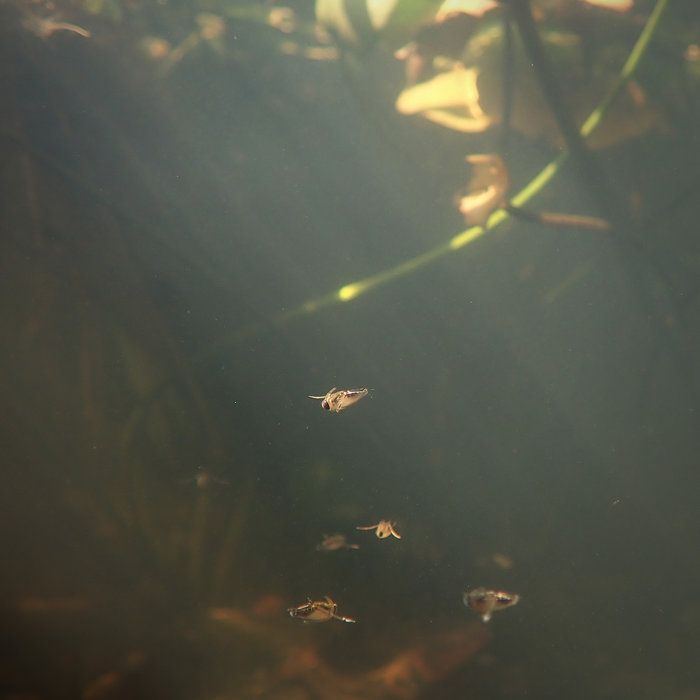
What role do found in technology improving or interacting with human listening?
First of all, the audio recording technology allows us to delocalized our memory : some of the sounds I heard in the past (through my headphones of course) are still in my hard drives, and I can recall them indefinitely. Also, my own experience of listening, for example animal communication sounds or human music, is vastly based on sounds recorded by other people.
Another important aspect, some sensors give us access to acoustic spaces that are not appropriate for the human body. For example, when snorkeling or swimming, our eardrums are blocked by the water, and only a tiny part of the marine sounds can be perceived directly. Meanwhile, an decent hydrophone reveals a myriade of sounds produced by marine wildlife.
The amplification of the small sounds also allows to get details that would not be easily perceived. The scale of intensity of the sounds can be totally transformed.
For these two reasons, the diversity of the sounds that exists in my perceived world is hugely increased. In a provocative way, I would say audio technology makes the acoustic environment more interesting. Or I could also borrow the biological concept of “Extended Organism” as Scott Turner describes animals who build structures around their body. But do not worry, I still feel way better when I forget, intentionally or not, my equipment, and let my ears wander naked.
Listen: Freshwater Organisms (from Taiwan)
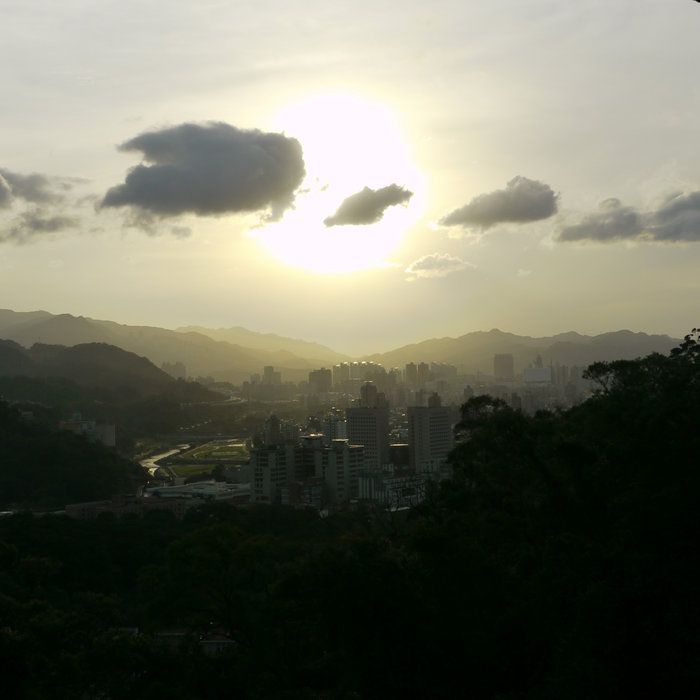
What first attracted you to Taiwan? Could you give us a quick bio on your self before. Academic? Childhood. Anything you find relevant that made you interested in sound work.
I started my travel in sound practice through listening to published sounds : my listening culture is based on exploration of public libraries in France. In my teenage, the the audio sections were full of albums of strange music, spoken words and bird songs and were my initiation to sound.
Then, I have been a student in Musique Concrète, experimenting with modular synthesis, editing and mixing. At that time I start to learn by myself recording the environment. Since those early student years, I have been going back and forth between the field and the (home)studio.
My wife is a Taiwanese artist, and after a few working periods in Taiwan, we decided to settle here in 2007.
Very soon, I got some requests by friends and some commissions by festivals to share some glimpse of the soundscape of the place I was starting to live in, Taipei. In order to tame those incredibly dense and sonorous urban environments, I did a series of related sound works gathered under the title Taî-pak thiaⁿ saⁿ piàn 台北聽三遍 (which could be translated like listening to three slices of Taipei).
Listen: Taî-pak thiaⁿ saⁿ piàn 台北聽三遍
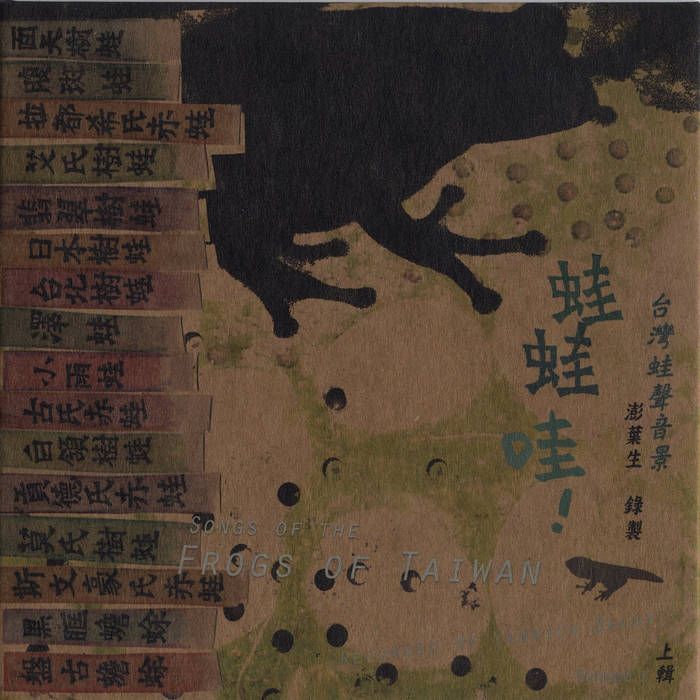
What started your work in Tree Frog Recordings?
Amphibians were my guides to Taiwan : I met in 2007 a group of conservationists and volunteers of Guandu Nature Park who organized amphibians field survey. Very naturally I started to focus on the sounds of these animals, and share about them, making listening sessions, and finally publications.
Listen: 蛙蛙哇 ! Songs of the Frogs of Taiwan vol.1
Could you tell me how your sound recordings help cross different realities. In the following video you mention that Bats have one reality, Coral another, and that sound recordings help humans enter/cross those realities of others.
There is an amazing source of inspiration for sound artist and field recordist in the theoretical works Jakob Von Uexküll and the biosemioticians. One of the key concept is from the German language, Umwelt, and describe how different animal species are limited by their perception organs and the interpretation they make of all stimuli. Like any other species, we live in an evolving perceived world composed of significations, meaningful elements. Some scientific and/or artistic experiments or researches sometimes allow us to imagine different Umwelt, sometimes even creating hybrid spaces.
At a very humble level, the ideas above were my inspiration for integrating field recordings such as amphibians calls into electronic music based on modular synthesis.
Listen: 蛙界蒙薰 Wā Jiè Méng Xūn
Could you tell me about your sound machines and your fret less guitars? What is the role of sound experimentation in your creation? What is the role of creation vs recording?
My sound practice has been, since the very beginning, a loop between the field and the studio.
Outdoor I am a kind of observer and documentarian, indoor I am more an experimenter or sometimes a technician. Electroacoustic tools, analogue devices, softwares, unusual or self-built musical instruments are a playful entry to sound creation, pleasantly based on gesture, another loop between the hand and the ear.
The material created in studio, the perfect hauntological lab, are always interesting because unrelated to a specific location, and can be designed in order to trick the audience, making them believing into a sound recorded in the past or in a distant place.
Listen: Arion is playing the Lesstar
What is your usual setup recording setup? Do you use bianural headphones? Could you elaborate on your underwater recording setups - what you learned? The challenges etc?
First of all, I always use what I have with me.
Sometimes it can be a handheld recorder (I always have one in my bag), or even a mobile phone if something happens on my way home in the metro… but for sure my favorite and most used setup is a headphone, a digital recorder and a couple of condenser microphones in ORTF or NOS configuration. I would say 90% of what I did in the last 10 or 15 years is based on recordings done with the same setup.
But I love trying various systems, from quadraphony to ultrasounds sensors, building my own geophones or contact microphones.
Regarding underwater recording techniques I went through a very slow and long process of experimention which is a bit long to detail here. But I can say it involve regular hydrophone recording in tidal pools, snorkeling with handheld hydrophones and recorder enclosed in a waterproof floating box, and finally an autonomous recording system that allows me to record the sounds of coral reefs during 24 hours.
This technical process have been developed in Penghu archipelago for my ongoing project Penghu Experimental Sound Studio.
Penghu Experimental Sound Studio (sound examples)
Penghu Experimental Sound Studio (2018 report notes)
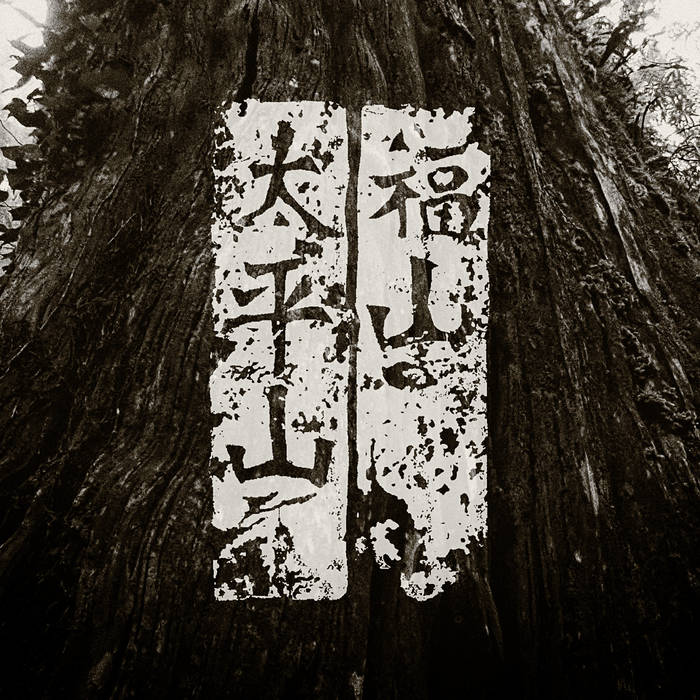
What is the role of your field recordings - are these for memory making? Travel ethnographic purposes? Historical archives?
I had the sad opportunities to record so-called disappearing sounds : for example a forest ecosystem near a water stream that was replaced by a parking lot near Taipei, or one of the last tatami-weaving machine in Chiayi.
But I do not record things, people or animals in order to “keep a trace” of the event. I do not intentionally build a memory of vanishing places. I prefer thinking about field recording as a sharing process, an immediate focus on what is existing now. What I listen now is what audience can discover, and I wish those recordings can provide a glimpse of a richness that still exists. I do believe those recordings have both an aesthetic and educational value, but they are intended for contemporary listeners, not future ones.
Listen: 福山 · 太平山 Fushan & Taipingshan
"The Body of the Mountain" by Wan-Shuen Tsai & Yannick Dauby 2016
https://vimeo.com/166934635
Do you find your manipulation of the sounds and editing adds your “personality” or character to the place? IE are these sound cordings not so much recordings of the place but more your “impressions” of the place.
I do believe that field recording is a very subjective practice, and every phonography is packed with a bunch of aesthetic decisions and technical choices that relate to my own perspective. Any sound I ever shared is mine in the sense that it reflects my own listening.
Transforming them in the studio doesn’t make them more personal, it just provide a different listening experience.
Some of these changes in the studio can enhance a certain feeling of the place, or completely take distance from it.
Every sound recorded in-site or altered afterwards has a kind of trajectory between documentation of an event and a pure physical experience of sound through loudspeakers.
Listen: Crustose Coralline Algae
https://vimeo.com/542981634
How did COVID affect your field recordings? Did your practice change during lock downs, etc?
Taiwan has been spared during the first two years of the pandemic. It did affect my resources as some of the works has been delayed, making incomes unstable. But there were never complete lockdowns in this country, and my practice have been unchanged. Actually when some of my friends abroad were enduring strict Covid measures, I was developing a project in Matsu archipelago. It was an intense field work in uncanny locations, so close to China, whose government is such a threatening neighbor and whose population has been under such pressure.
For very odd, somehow political reasons, international packages from Taiwan were blocked by most countries (even if we had an almost zero risk contamination situation during two years). The direct effect is that I had to stop completely to sell and then publish any physical release. I do not plan to restart the publications soon.
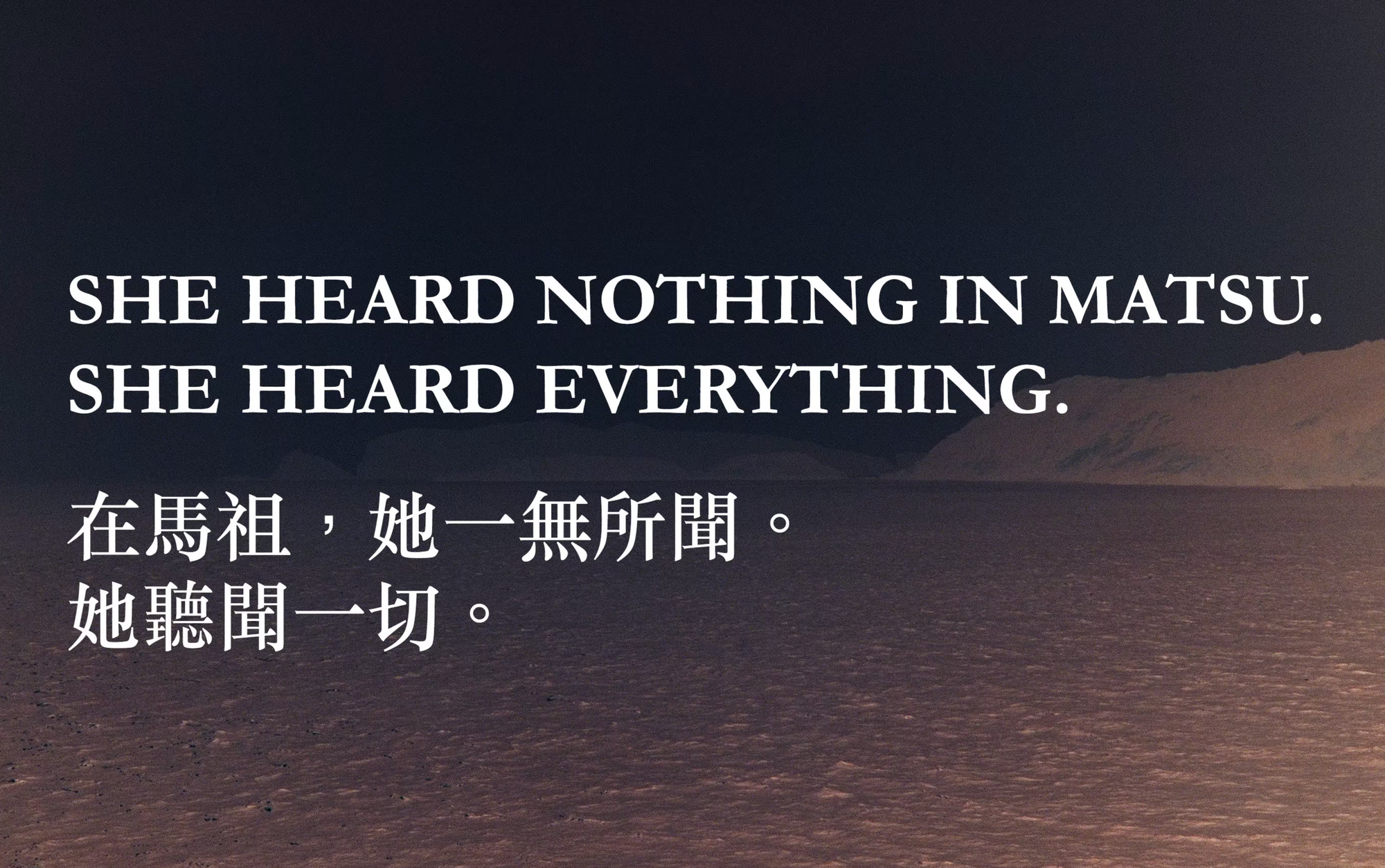
She heard nothing in Matsu. She heard everything.
https://vimeo.com/640689569
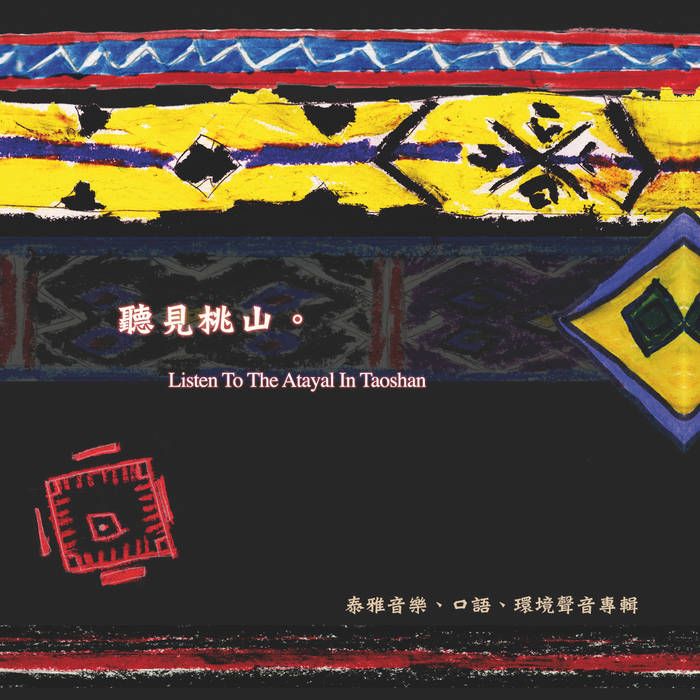
Could you tell me about your work Atayal in Taoshan? Could you elaborate on the difference between sound travel, world music and ethnographic recordings?
This is a good example of a project that has always been deeply connected to field recording practice but also to radio play, audio documentary or experimental music.
The initial meeting with Atayal people in Taoshan was a commission by Cultural Affairs of Hsinchu County, an art-in-the-community project. We (me and Wan-Shuen Tsai) improvised constantly our educational actions and recording sessions in the elementary school and the surrounding of the village. The one-year process took the form of a CD publication.
But then we kept contact and befriend with some of the inhabitants. They sometimes invited us for workshops and recording sessions, and we sometimes requested their help for participating to our own project.
I have been a dilettante reader of ethnology and listener of ethnomusicological publications. I have no interest in World Music as a genre, but sound studies and anthropology of sound are providing great conceptual tools and examples of community works.
I still can’t compare my sound work with an academic research, but consider these on-going projects with Atayal, Truku and Hakka people as the most interesting ones.
Those projects have nothing to do with audio travelogues in the sense that I am still in contact with these villages and environment, I continue learning from the inhabitants, and keep recording and listening.
Listen: 聽見桃山 Listen to the Atayal in Taoshan
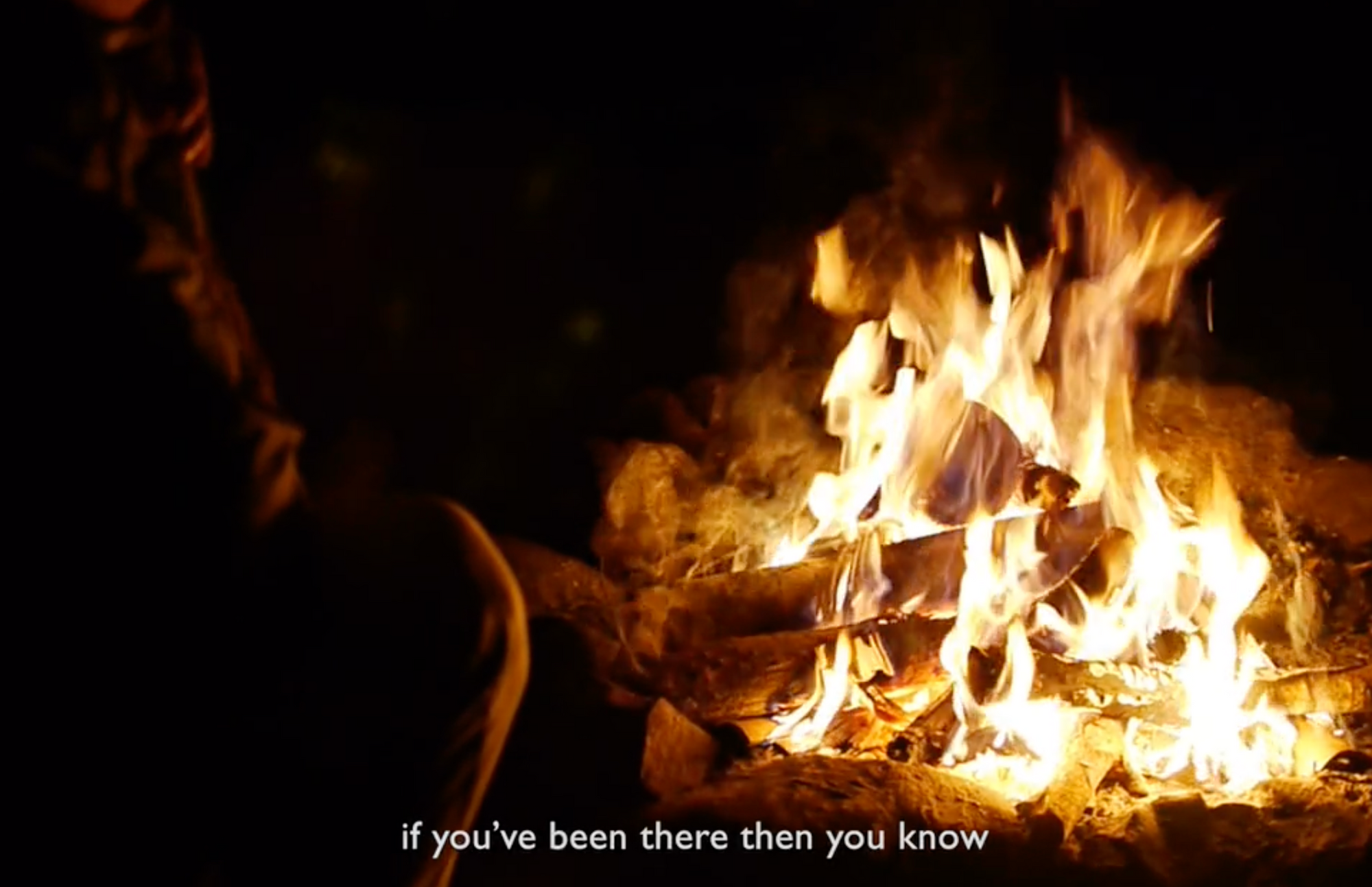
"The Body of the Mountain" by Wan-Shuen Tsai & Yannick Dauby 2016
https://vimeo.com/166934635
Could you tell me about how you approach indigenous communities? What is the role of the ethnographer? Is it possible to do ethnographic research without participant observations or is this fundamental to the methodology?
There is something interesting with ethnography, like ethology, is that this scientific practices is not totally inaccessible, unlike physical quantics or radio-astronomy for example. With some little effort, we can easily learn to observe, to ask questions, to participate somehow (yes, that’s probably a mandatory part of the ethnography). But there is another very important part of the practice which is much more difficult: description. Without an organized, systematic description I don’t think there is an ethnography. And in my case, this description is audio-based but I do not think I am audio ethnographer. I am still a listener, a field recordist and sound artist, but deeply influenced and inspired by this science.
When I approach an indigenous community, I can’t just go in the center of the village and record sounds like a tourist would take photos. There will be a need for being introduced, find some people who can explain, some people who can translate, some people who can tell stories and so on. Sometimes sounds can’t be recorded and it’s fine, sometimes I just can’t understand or even be refused. So, I do not expect results, I can only improvise and keep things as open as possible.
Last summer, my little family (two adults and two kids), were invited as artists-in-residency in Taroko, among Truku people for two weeks in a remote area (no road, network or phone, sparse electricity, etc). It was a new kind of challenge, because it was half a creation project and an education project with our own children. We managed to all be observers and describers. The resulting work included field recordings, short films, notes and models, and was exhibited a couple of months ago. Again, this project can’t end on a single two-weeks stay, and we are already planning our next stay…
Alang Skadang Observations Notes by Arion Dauby, Lysianassa Dauby, Wan-Shuen Tsai & Yannick Dauby
Information on Alang Skadang Exhibition
Connect/Support with Yannick Dauby